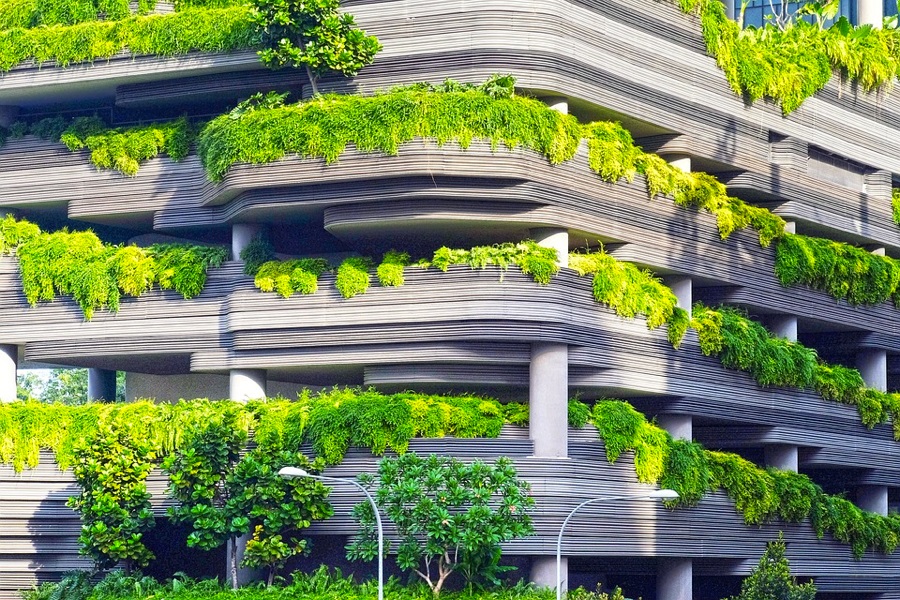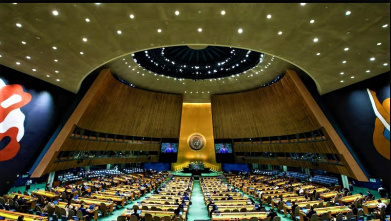Air conditioners to be replaced: Scientists have created cement capable of cooling buildings
26.08.2025 | 02:35 |Imagine that buildings in our cities, especially in hot climates, can independently regulate their temperature, reflecting solar heat and significantly reducing the need for air conditioners. This idea, which seemed fantastic for a long time, is becoming a reality thanks to an innovative development in the field of building materials, which is of particular relevance for Turkmenistan.
A team of researchers led by Fengying Du from the Southeastern University in Nanjing (China) has made a breakthrough by creating a new type of cement. Unlike traditional Portland cement, which absorbs heat and helps heat the urban environment, their material works as a natural air conditioner.
How does it work?
The secret lies in the unique surface of the new cement. It is covered with microscopic crystals of the ettringite mineral. These crystals act like miniature mirrors: they reflect sunlight and at the same time direct thermal radiation from the building into the atmosphere.
"It works as a mirror and radiator, reflecting sunlight and directing heat into the sky, making the building cooler without air conditioning or electricity," Fengying Du explains.
Most importantly, the production technology of this material does not require complex and expensive processes. Scientists use available minerals — limestone and gypsum. During the production process, air bubbles are passed through the mixture, which create micro-depressions on the surface of the material, ideal for the growth of reflective crystals.

Prospects and practical results
The economic benefits of the new material are obvious: it is not only functionally superior to traditional cement, but also cheaper to produce, as it requires less energy for firing. According to preliminary calculations, its cost is $5 lower per ton, which makes it attractive for mass use.
Field tests at Purdue University (Indiana, USA) have confirmed the high potential of the development. Slabs of new cement placed on the roof on a hot day showed impressive results: their temperature was 5.4 °C below the ambient temperature and as much as 26 °C lower than that of conventional cement.
Despite these encouraging results, the scientific community is calling for further research. Experts note that it is important to obtain data on the behavior of the material on the scale of the whole building. This is a normal stage for any major scientific development that requires comprehensive verification.
Nevertheless, this innovation opens up exciting prospects for creating more comfortable and environmentally friendly cities, which is especially important for regions with a hot climate, such as Turkmenistan. Further research and adaptation of the technology to real construction can be an important step towards sustainable development and energy efficiency.
ORIENT











